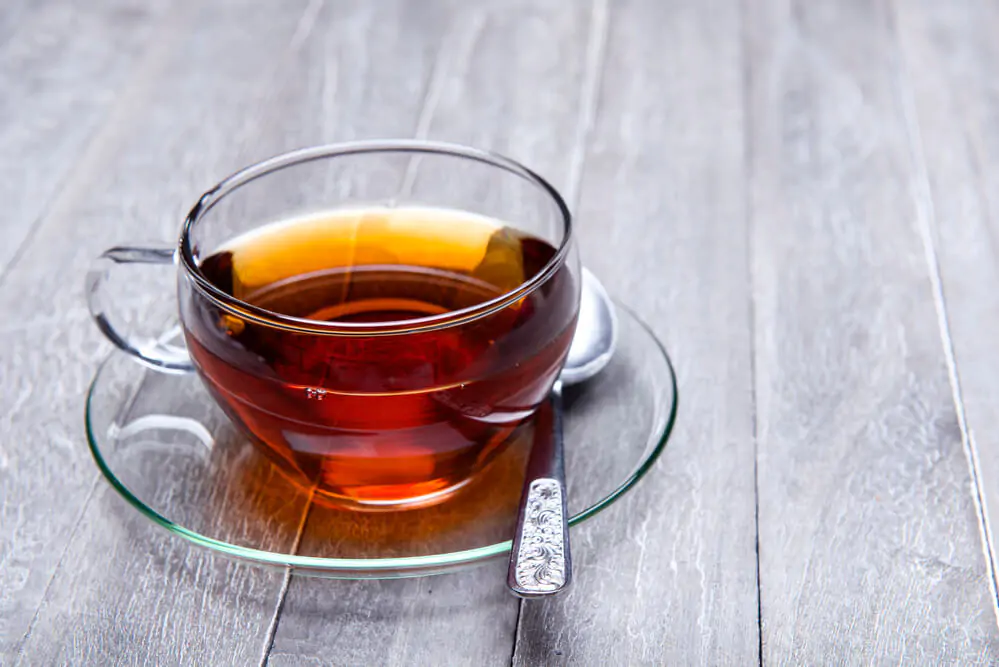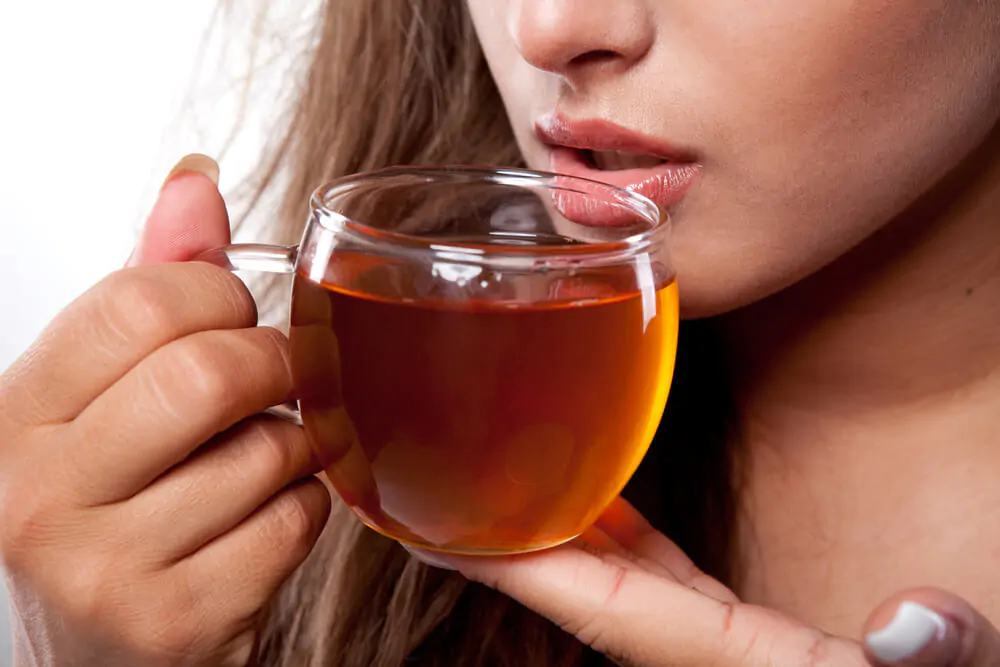Sri Lanka, formerly Ceylon, is one of the world’s largest tea producers and exporters. Read on to find out what is Ceylon tea and why it appeals to tea enthusiasts.

Sri Lanka recorded an all-time high last 2020 in terms of the total national average of teas sold, proving its popularity is increasing in the past few years due to its noteworthy taste. Honestly speaking, the first time I tried Ceylon tea, I didn’t think it was much different from regular black tea. It’s only when I brewed it often that the differences became apparent.
I was surprised Ceylon tea’s appeal is actually because of its variability in taste. Sri Lanka is a small country, but its geography features different elevations that allow tea-growing regions to flourish.
Types Of Ceylon Tea

Traditionally Ceylon tea is processed as black tea, but the country’s suppliers are starting to expand to different types of tea, such as white tea, oolong tea, and green tea.
Uva Tea
When tea drinkers refer to Ceylon tea, it’s most probably grown from the high-elevation region of Uva. Its floral and mild citrus taste with an earthy and almost woody flavor makes the Uva region one of the most prominent tea producers in the country.
Nuwara Eliya Tea
Coined as the “champagne of teas,” Nuwara Eliya Tea is grown in the highest elevated tea-producing area of Sri Lanka. It emits a dried fruit aroma similar to a plum. When brewed, it has a distinct orange color and tastes more flowery with a hint of being fruity compared to the other variants.
Sabaragamuwa Tea
Sabaragamuwa has become Sri Lanka’s biggest tea-growing region since the country aimed to expand its market to neighboring nations. Its tea, grown from an elevation of 2,500 ft. above sea level, boasts a natural honey-like sweetness with hints of caramel and chocolate, making it one of the most sought-after tea internationally.
There are other tea variants from Uda Pussellawa, Kandy, Rihuna, and Dimbula, all of which possess wonderful flavor profiles and refreshing aromas that budding tea connoisseurs should try in their lifetime.
Setting The Ceylon Tea Apart
Ceylon tea is made from the same Camellia sinensis plant. Generally speaking, it retains the full flavor of your typical black tea.
Sri Lanka’s diverse ecological system affects the tea’s flavor and aroma. Factoring in the country’s range of elevation, this affects the soil type and climate where the plant grows, which consequently creates the variety of the flavor profile. Add in the manual tea processing done by the Sri Lankans, and you have that floral, fruity, or chocolatey notes that Ceylon tea lovers enjoy.
Health Benefits Of Ceylon Tea

Ceylon tea is extremely healthy to consume, given that compared to other tea variants, it has a higher concentration of antioxidants such as myricetin and quercetin. These antioxidants help against cardiovascular diseases, cancer prevention and are anti-inflammatory. It can also help stabilize your blood sugar levels.
Ceylon tea can have as much as 50 to 90 mg of caffeine per serving. You might also want to read our guide on how much caffeine is in tea.
How To Make Ceylon Tea
Ingredients:
- One to two tablespoons of Ceylon loose tea leaves
- Water
- Milk (optional)
- Honey (optional)
- Lemon (optional)
Step 1: Boil Your Water And Preheat Your Teapot
Boil the water and set aside about a cup to preheat your teapot. Swirl it around to cover the teapot with this warm water and drain it after.
Step 2: Put The Leaves And Water
Put one to two tablespoons of Ceylon loose tea leaves into your teapot, then carefully pour your boiled water over the leaves. Let it steep for about five minutes with the occasional stirring to ensure all of its flavors is extracted.
Step 3: Strain And Serve
Put your tea strainer on your tea cup, slowly pour your brewed Ceylon tea, and enjoy!
Add milk to make it creamier and reduce the bitterness of the tea. You can use honey to add natural sweetness or a light squeeze of lemon to enhance the citrusy flavor. The beverage is best served hot.

